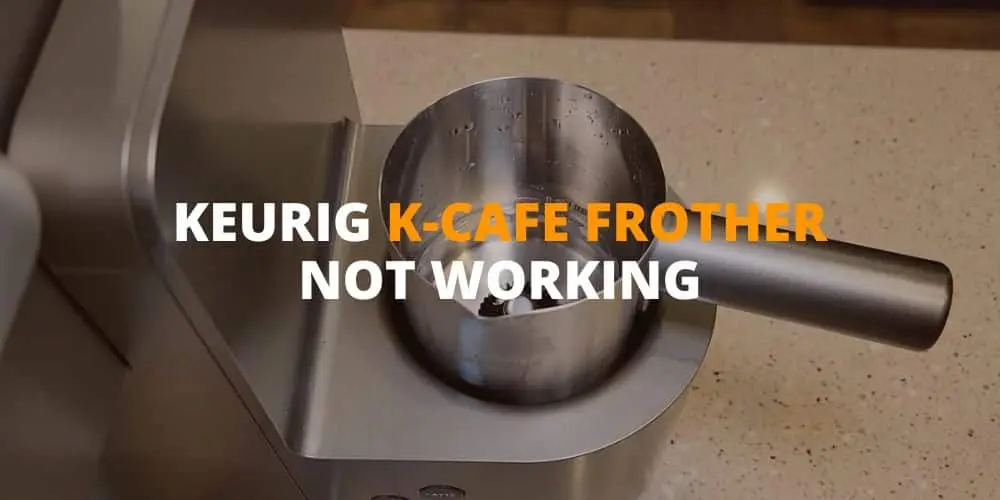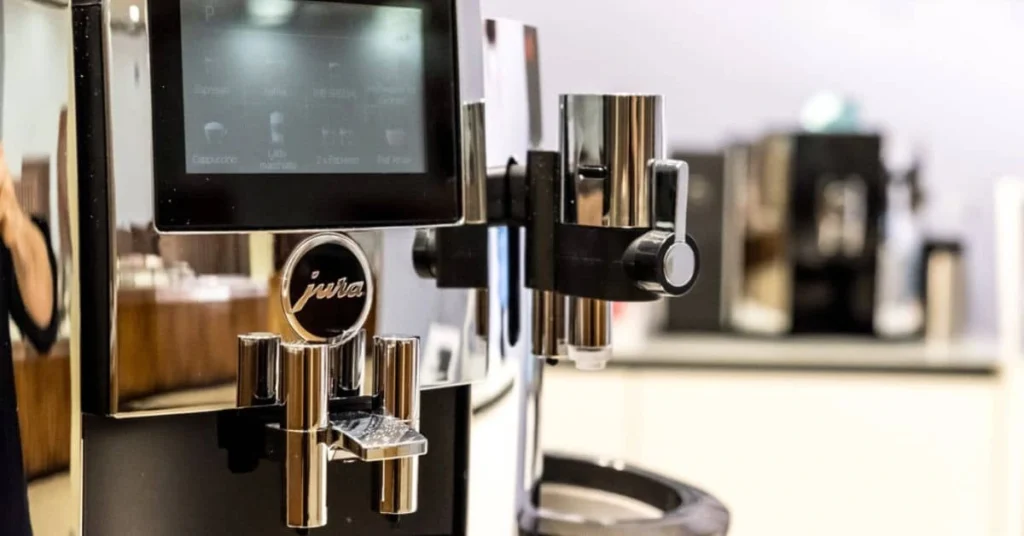Are you frustrated with your Keurig K-Supreme coffee maker not brewing your coffee hot enough? We know that the perfect cup of coffee starts with the right temperature. If your Keurig K-Supreme is falling short on heat, you’re not alone.
But worry not! In this article, we will walk you through the troubleshooting process and provide you with practical solutions to fix low temperature issues with your Keurig K-Supreme.
Understanding Optimal Brewing Temperature
The temperature of water used for brewing coffee plays a crucial role in extracting the full flavors, aroma, and richness from coffee grounds. Ideally, the optimal brewing temperature for most coffee brewing methods, including Keurig machines, falls within the range of 195°F to 205°F (90.5°C to 96°C).
When the water temperature is too low, the coffee may taste weak, sour, and lacking in depth. On the other hand, if the water temperature is too high, it can result in over-extraction, resulting in bitter or burnt flavors. Achieving the right brewing temperature is essential for a well-balanced and delicious cup of coffee.
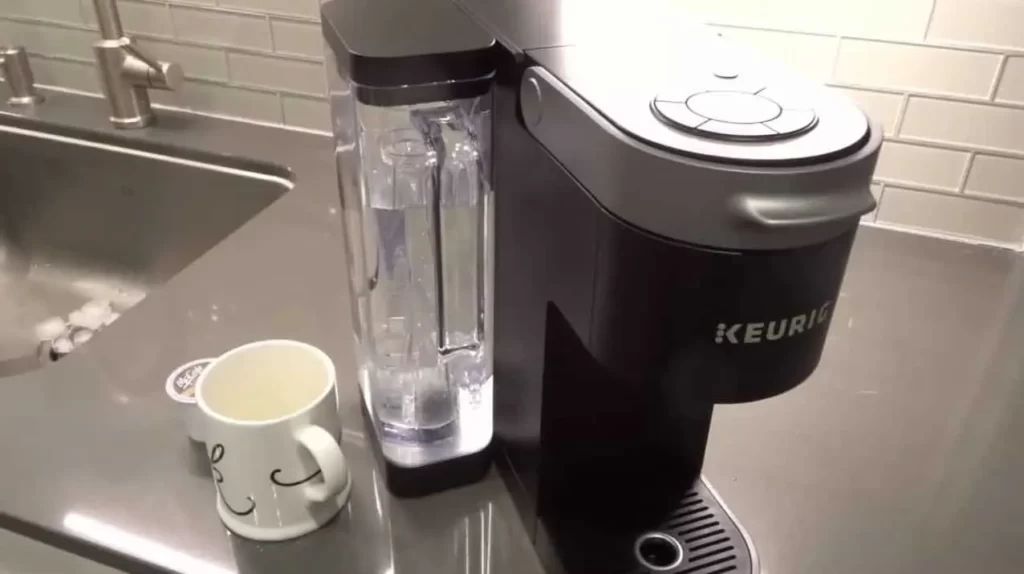
In the case of the Keurig K-Supreme, which is a popular single-serve coffee maker, it also relies on the optimal brewing temperature to deliver the best results. The Keurig K-Supreme uses a combination of internal components, including a heating element and a thermostat, to heat the water to the desired temperature for brewing.
However, various factors can affect the brewing temperature and lead to low temperature issues.
It’s important to understand the optimal brewing temperature and its impact on coffee quality to troubleshoot and fix low temperature issues with the Keurig K-Supreme effectively. In the following sections, we will explore the common causes of low temperature issues and provide you with step-by-step instructions on how to troubleshoot and fix this problem for a piping hot cup of coffee every time you brew with your Keurig K-Supreme.
So, let’s dive into the details and get your Keurig K-Supreme brewing at the right temperature again!
Common Causes of Low Temperature Issues with Keurig K-Supreme
If you’re experiencing issues with your Keurig K-Supreme not brewing coffee hot enough, several factors could be contributing to the problem. Here are some common causes to consider:
Scale Build-up: Over time, mineral deposits from hard water can accumulate inside the Keurig K-Supreme, including the heating element and water lines. This can reduce the efficiency of the heating element, resulting in lower water temperature during brewing.
Clogged Needles: The Keurig K-Supreme uses needles to puncture the K-Cup and extract the coffee. If these needles are clogged with coffee grounds or debris, it can restrict the flow of hot water, resulting in lower brewing temperature.
Low Water Level: If the water reservoir of your Keurig K-Supreme is not filled to the recommended level, it can impact the brewing temperature. Insufficient water can cause the heating element to work harder, resulting in lower temperature water for brewing.
Brewing at High Altitude: If you live in a high-altitude area, the lower atmospheric pressure can affect the boiling point of water, resulting in lower brewing temperature. This can impact the Keurig K-Supreme’s ability to brew hot coffee.
Faulty Thermostat: The Keurig K-Supreme uses a thermostat to regulate the water temperature. If the thermostat is faulty or malfunctioning, it can result in inaccurate temperature readings and lower brewing temperature.
In the next sections, we will provide you with step-by-step instructions on how to address each of these common causes and get your Keurig K-Supreme brewing at the right temperature again. So, let’s roll up our sleeves and get ready to troubleshoot!
Step-by-Step Troubleshooting Guide
Fixing low temperature issues with your Keurig K-Supreme requires a systematic approach. Follow these step-by-step instructions to troubleshoot and fix the problem:
- Descale Your Keurig K-Supreme: Scale build-up from hard water can impact the heating element’s efficiency and result in lower brewing temperature. To descale your Keurig K-Supreme, start by emptying the water reservoir and removing any remaining K-Cups. Mix a solution of equal parts water and white vinegar, and fill the reservoir halfway. Run a brewing cycle without a K-Cup to flush out the descaling solution. Repeat this process with plain water to rinse out any residue. Descaling your Keurig K-Supreme regularly, at least once every three months, can help prevent scale build-up and maintain optimal brewing temperature.
- Clean the Needles: Clogged needles can restrict the flow of hot water, resulting in lower brewing temperature. To clean the needles, turn off your Keurig K-Supreme and unplug it. Use a paperclip or a needle to gently unclog the needles by inserting it into the needle holes and moving it back and forth. Be careful not to damage the needles. Once the needles are clear, plug in your Keurig K-Supreme and run a brewing cycle without a K-Cup to flush out any remaining debris.
- Check the Water Level: Ensure that the water reservoir of your Keurig K-Supreme is filled to the recommended level. If the water level is too low, it can impact the brewing temperature. Refill the water reservoir to the appropriate level and run a brewing cycle to see if the temperature improves.
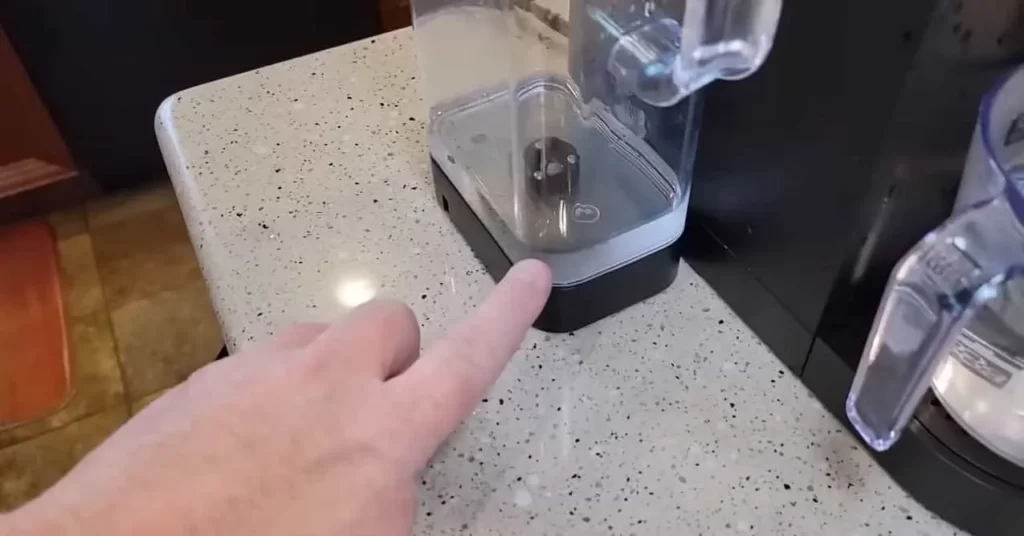
- Consider High Altitude: If you live in a high-altitude area, the lower atmospheric pressure can affect the boiling point of water and impact the brewing temperature of your Keurig K-Supreme. In such cases, you may need to adjust the brewing settings to a higher temperature or use preheated water to compensate for the altitude’s impact.
- Check the Thermostat: If you have tried the above steps and the brewing temperature is still low, it’s possible that the thermostat of your Keurig K-Supreme is faulty. Consider contacting Keurig customer support or consulting a professional technician to diagnose and replace the thermostat if needed.
Advanced Troubleshooting Tips
If you have tried the basic troubleshooting steps and are still experiencing low temperature issues with your Keurig K-Supreme, you can try these advanced tips to further diagnose and resolve the problem:
Check the Power Source: Ensure that your Keurig K-Supreme is properly plugged into a grounded outlet and receiving adequate power. Low voltage or power fluctuations can impact the heating element’s performance and result in lower brewing temperature. Consider using a different outlet or a surge protector to stabilize the power supply.
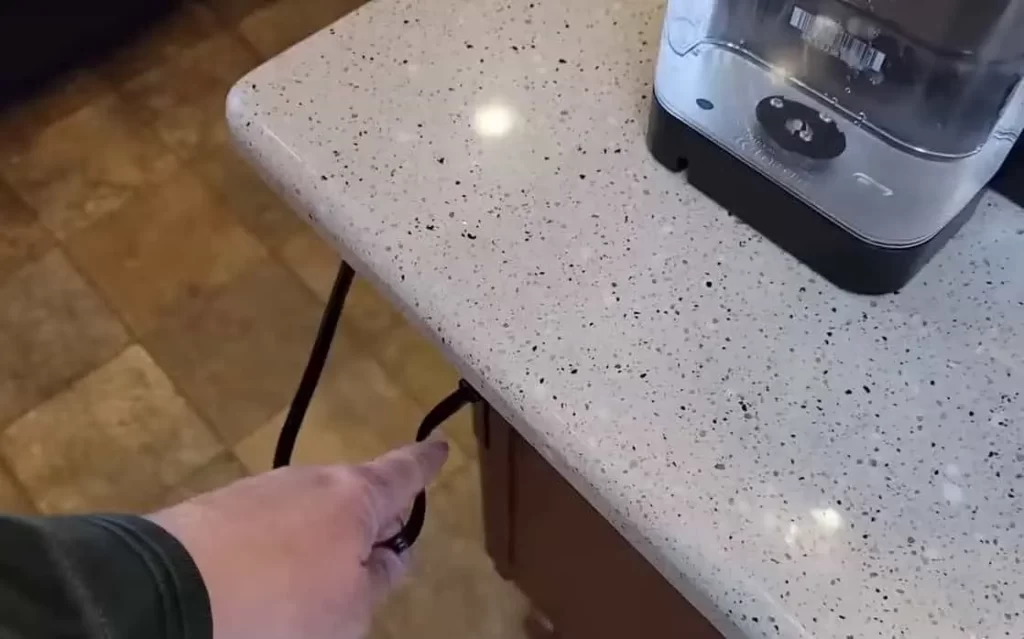
Inspect the Heating Element: The heating element is responsible for heating the water to the optimal brewing temperature in your Keurig K-Supreme. If the heating element is malfunctioning or damaged, it can result in low temperature issues. Consider inspecting the heating element for any visible damage or signs of malfunction. If you suspect an issue with the heating element, it may need to be replaced by a professional technician.
Check for Firmware Updates: Keurig occasionally releases firmware updates for its coffee makers, including the Keurig K-Supreme, to improve performance and fix known issues. Check Keurig’s official website or contact their customer support to see if there are any available firmware updates for your Keurig K-Supreme. Updating the firmware may help resolve low temperature issues.
Reset Your Keurig K-Supreme: Resetting your Keurig K-Supreme to its factory settings can help resolve software or settings-related issues that may impact the brewing temperature. To reset your Keurig K-Supreme, turn off the machine and unplug it. Wait for a few minutes, then plug it back in and turn it on. Follow the manufacturer’s instructions to perform a factory reset, which may involve pressing specific buttons or navigating through the menu settings.
Contact Keurig Customer Support: If you have tried all the troubleshooting steps and are still unable to fix the low temperature issues with your Keurig K-Supreme, consider contacting Keurig’s customer support for further assistance. They may provide additional troubleshooting tips or guide you on the next steps, including repair or replacement options.
Preventive Measures for Maintaining Optimal Brewing Temperature
To avoid encountering low temperature issues with your Keurig K-Supreme in the future, you can take preventive measures to maintain optimal brewing temperature. Here are some tips to keep your Keurig K-Supreme brewing hot coffee consistently:
Descale Regularly: Mineral deposits can accumulate in the water reservoir and internal components of your Keurig K-Supreme over time, which can affect the heating performance and result in low brewing temperature. To prevent this, descale your Keurig K-Supreme regularly using a descaling solution or a mixture of water and vinegar. Follow the manufacturer’s instructions for descaling, and repeat the process at least every 3-6 months or as recommended by Keurig.
Use Filtered Water: The quality of water you use can also impact the brewing temperature of your Keurig K-Supreme. Hard water with high mineral content can lead to scale buildup and affect the heating element’s efficiency. Consider using filtered or bottled water to prevent mineral deposits and ensure cleaner water for brewing.
Clean the Needles and Brewer: Coffee grounds and debris can accumulate in the needles and brewer of your Keurig K-Supreme, which can affect water flow and heating performance. Regularly clean the needles and brewer by removing and rinsing them with warm water. You can also use a paperclip or Keurig-approved cleaning tool to clear any clogs or blockages.
Avoid Overfilling the Water Reservoir: Overfilling the water reservoir of your Keurig K-Supreme can disrupt the water-to-coffee ratio and affect the brewing temperature. Follow the recommended water fill level indicated by the manufacturer to ensure proper brewing temperature.
Keep the Machine in a Warm Environment: Cold temperatures can also impact the brewing temperature of your Keurig K-Supreme. Avoid placing your Keurig K-Supreme in a cold or drafty area, such as near a window or door, as it can affect the machine’s ability to heat the water to the optimal temperature.
Conclusion
In this comprehensive guide, we have covered the importance of optimal brewing temperature, common causes of low temperature issues with Keurig K-Supreme, step-by-step troubleshooting guide, advanced tips, and preventive measures for maintaining optimal brewing temperature.
With proper care and maintenance, you can continue to enjoy the convenience and taste of Keurig K-Supreme coffee brewing at its best. Don’t let low temperature issues dampen your coffee experience – take action and enjoy your Keurig K-Supreme to the fullest! Cheers to a steaming hot cup of coffee!
A. I. Moon
A.I. Moon, an experienced SEO Pythonista, spends his days coding and developing web applications to help business owners. A passionate coffee enthusiast, he believes that drinking coffee fuels his creativity and productivity. His day isn't complete without the rich aroma and invigorating warmth of a perfectly brewed cup. This love for coffee inspired him to found EspressoRivo, a platform dedicated to sharing his coffee knowledge and fostering a community of passionate aficionados.



